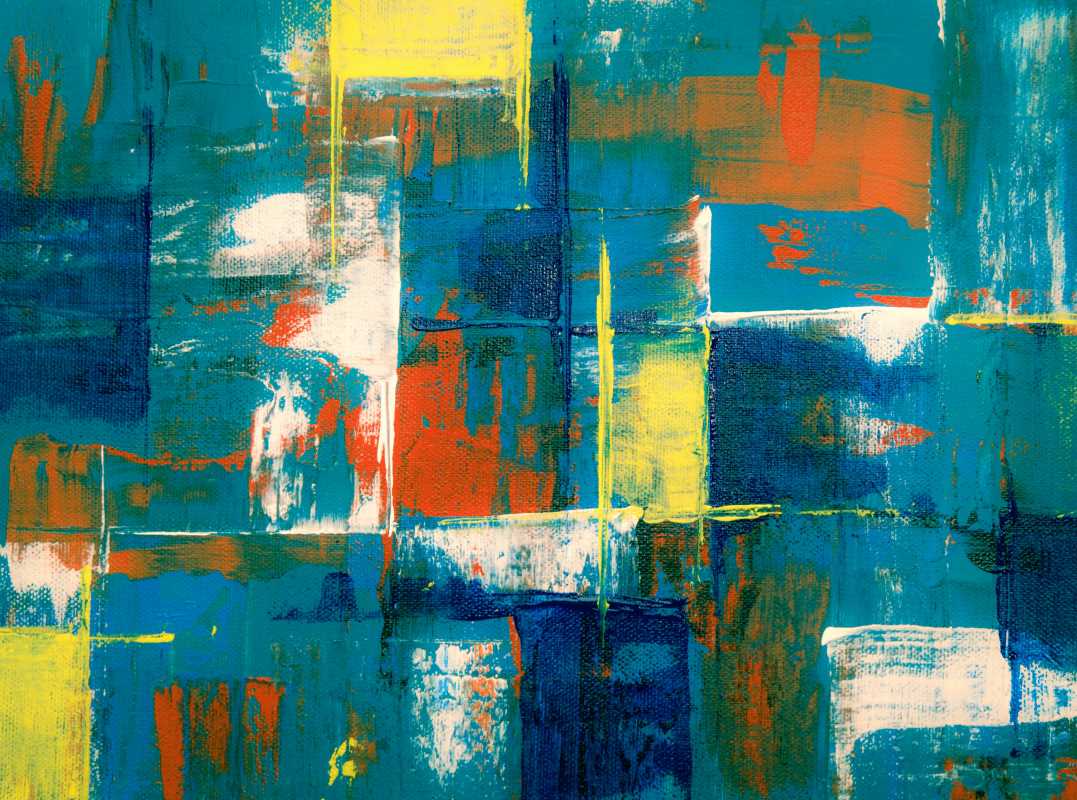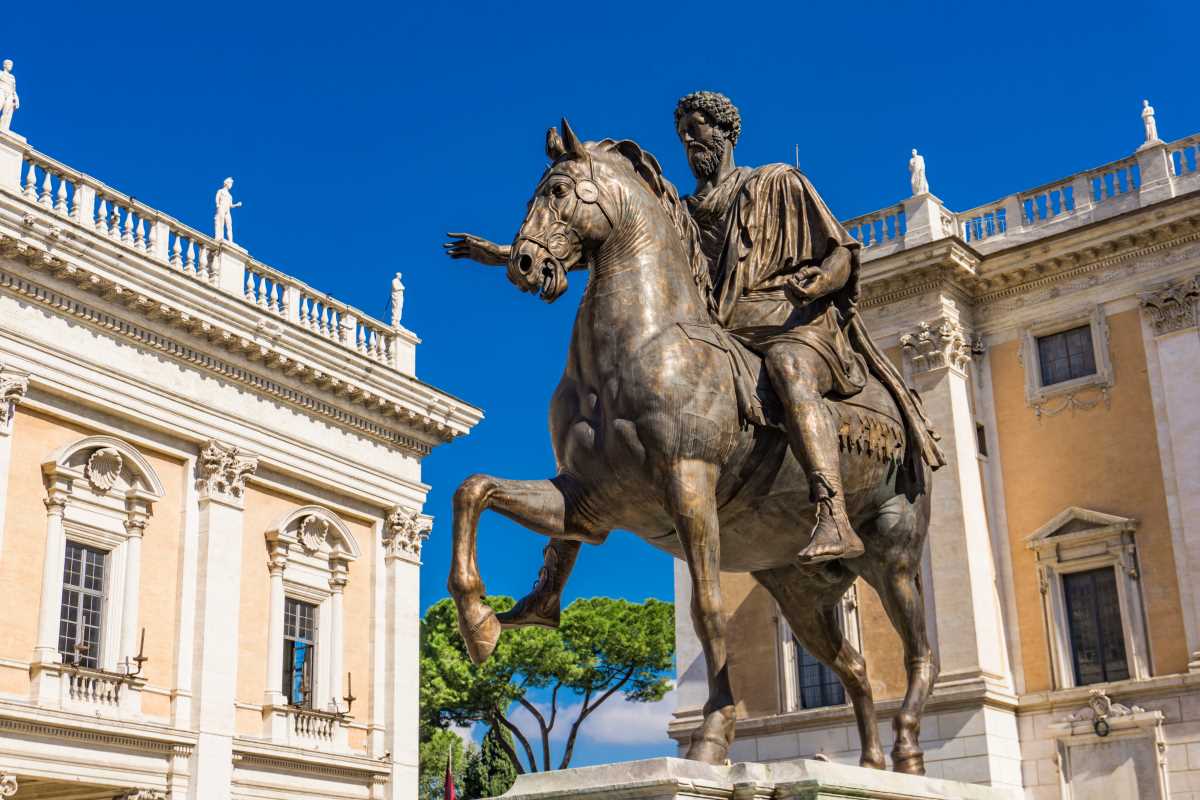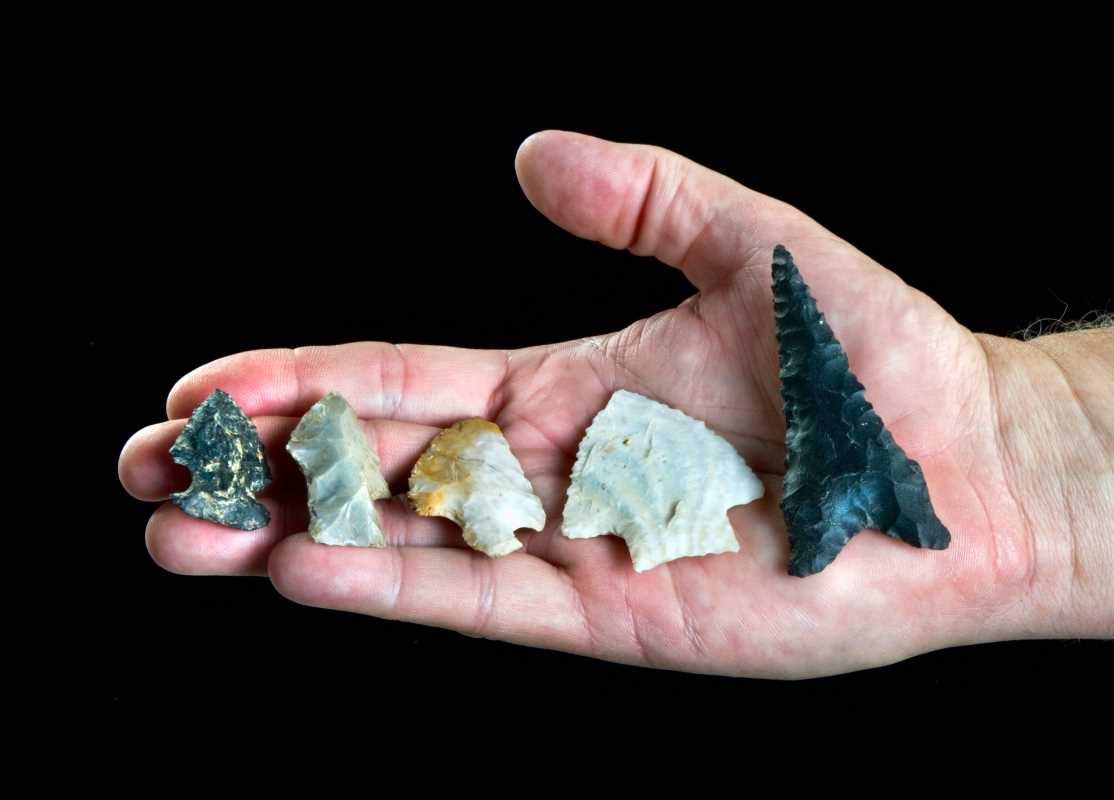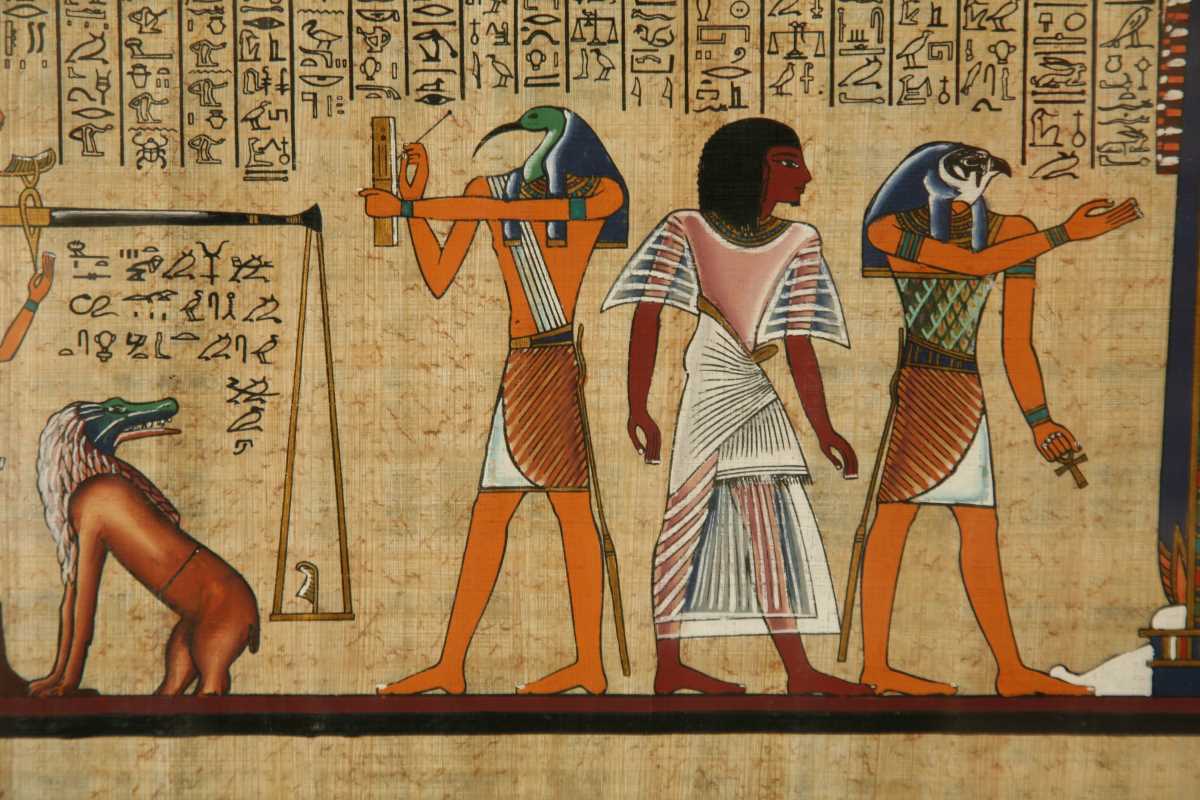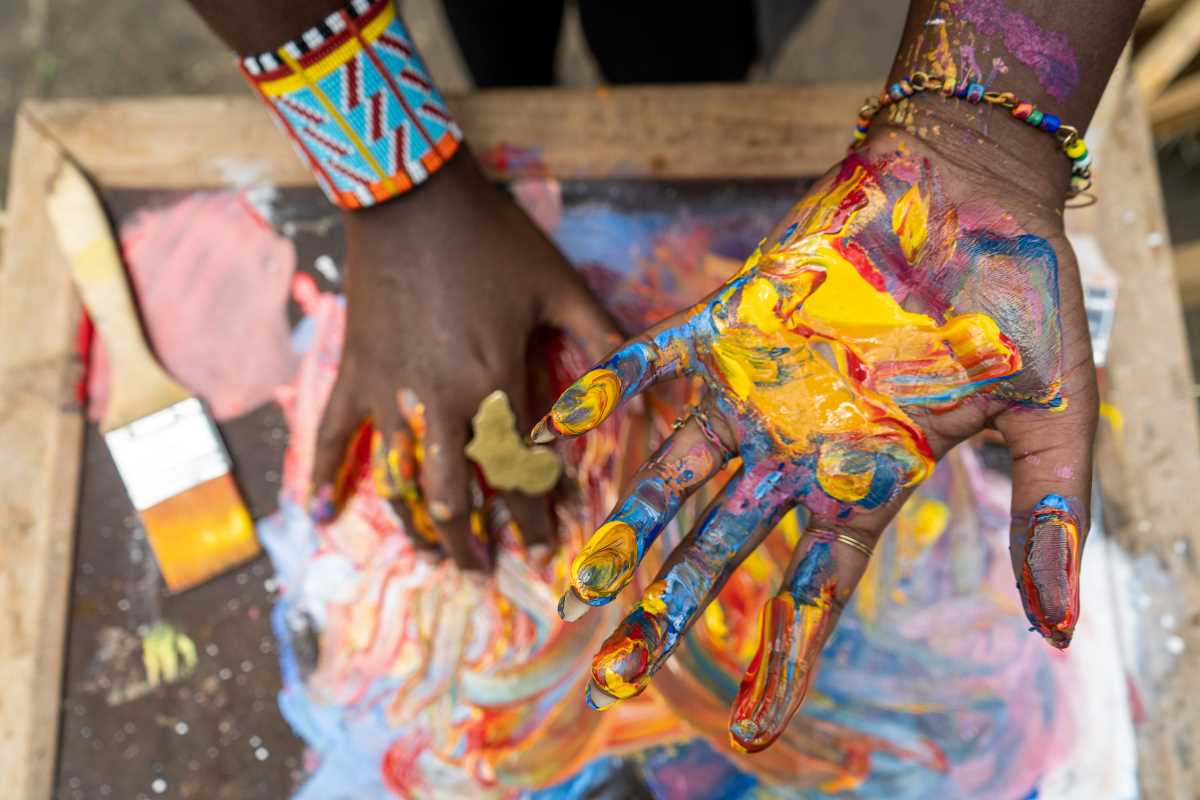When we think about the great artists of the 19th century, names like Vincent van Gogh, Claude Monet, and Edgar Degas often come to mind. But behind the celebrated male artists of the time, there were countless women who also produced stunning work. Unfortunately, many of these female artists were overlooked, dismissed, or even deliberately forgotten because of the societal expectations of their era.
These women faced obstacles that ranged from limited access to formal education to restrictions on where and how they could work. Despite these challenges, they created incredible art that paved the way for future generations of women in the arts. It’s time to shine a light on some of these forgotten talents and explore the ways they contributed to the 19th-century art world.
Women in the Shadows of Art History
It’s no secret that history hasn’t always been kind to female artists. During the 19th century, art was largely seen as a man’s domain. Women were often encouraged to pursue hobbies like sewing or painting as a form of personal enrichment rather than serious careers. Professional opportunities in the arts were both scarce and socially frowned upon.
Limited Access to Art Education
One of the biggest barriers female artists faced was their lack of access to formal training. Most prestigious art academies, such as the École des Beaux-Arts in Paris, didn’t admit women. Without proper schooling, it was tough for women to gain the technical skills and credibility needed to succeed professionally.
Some women, however, found ways to get around these restrictions. They studied privately with influential male artists or joined smaller, independent art schools that welcomed women. Still, it wasn’t nearly the same as the opportunities their male counterparts enjoyed.
Gender Expectations in Art
Even when female artists gained recognition, their work was often judged through the lens of societal expectations. Women were discouraged from painting certain subjects or styles. For example, large-scale historical paintings were considered “too ambitious” for women. Instead, they were expected to focus on "feminine" themes like domestic life, flowers, or portraits.
This double standard not only limited their artistic opportunities but also reinforced the idea that their contributions were somehow less significant than those of male artists.
Artists Who Deserve Recognition
Despite these barriers, some female artists managed to break through the limitations placed on them. Here are a few remarkable women whose work speaks for itself:
Rosa Bonheur
Rosa Bonheur was a French artist best known for her striking animal portraits. During a time when women were rarely seen in public spaces like livestock markets, Bonheur defied norms by dressing in men's clothing to observe and sketch animals for her paintings. Her masterpiece, The Horse Fair, is a monumental work that showcases her incredible talent and eye for detail.
Bonheur’s dedication to her craft and her willingness to break societal rules earned her praise, and she became one of the few women to receive France’s prestigious Legion of Honor award.
Mary Cassatt
An American painter and printmaker, Mary Cassatt is one of the most celebrated female Impressionists. She spent much of her career in Paris, where she became close friends with Edgar Degas, who encouraged her to experiment with art techniques. Cassatt’s work often portrayed intimate and tender scenes of mothers and children, exploring themes of maternal love and domestic life.
Unlike many women of her time, Cassatt openly advocated for women’s equality in art, encouraging other women to view art as a profession rather than just a pastime.
Berthe Morisot
Berthe Morisot is another prominent name in the Impressionist movement. She was one of the founding members of the group and regularly exhibited alongside painters like Monet and Degas. Morisot’s work is celebrated for its light, airy compositions and mastery of capturing fleeting moments of everyday life.
Despite her significant contributions to Impressionism, Morisot often found herself overshadowed by her male peers. Today, her pieces are increasingly recognized for their brilliance and originality.
Harriet Powers
Harriet Powers was an African-American quilt maker whose extraordinary storytelling quilts are now considered masterpieces of folk art. Born into slavery in Georgia, Powers created quilts that depicted biblical stories and African-American folklore using intricate fabric appliqué.
Although her work wasn’t widely appreciated during her lifetime, her surviving quilts are now displayed in major museums like the Smithsonian Institution, showcasing the power of craft as both personal expression and historical storytelling.
The Role of Female Patrons in the Arts
While many women struggled to gain recognition as artists, others made their mark as patrons of the arts. These women used their wealth and influence to support male and female artists alike, contributing to the cultural landscape of the 19th century.
Catherine Lorillard Wolfe
Catherine Lorillard Wolfe was a prominent American art collector and philanthropist. She became the first woman to donate a significant art collection to the Metropolitan Museum of Art in New York. Her contributions helped shape the museum’s early collections and made access to great art more democratic for the public.
Princess Mathilde Bonaparte
A cousin of Napoleon III, Princess Mathilde Bonaparte was a patron who supported numerous artists and writers, including Gustave Flaubert and Jean-Baptiste Carpeaux. Her Parisian salon became a hub for creative minds, giving them the space to share ideas and find inspiration.
Resurfacing Lost Legacies
Efforts to recognize forgotten female artists have gained momentum in recent years. Scholars, museums, and cultural organizations are working to uncover and celebrate the achievements of these talented women. Art exhibitions and academic research are bringing long-overlooked names back into the spotlight.
One example of such an effort is the initiative to rediscover and restore the works of Artemisia Gentileschi, a Baroque-era painter whose reputation was largely buried by history. Though not a 19th-century artist, Gentileschi’s resurgence has opened the door for similar projects focused on highlighting other forgotten women in art history.
Acknowledging the contributions of forgotten female artists isn’t just about filling in gaps in history. It’s about creating a more accurate, inclusive narrative that values the voices and experiences of all artists.
By learning about these women, we gain a deeper appreciation of the art world as a whole. We also remind ourselves that creativity and innovation can come from anyone, regardless of the barriers they face.
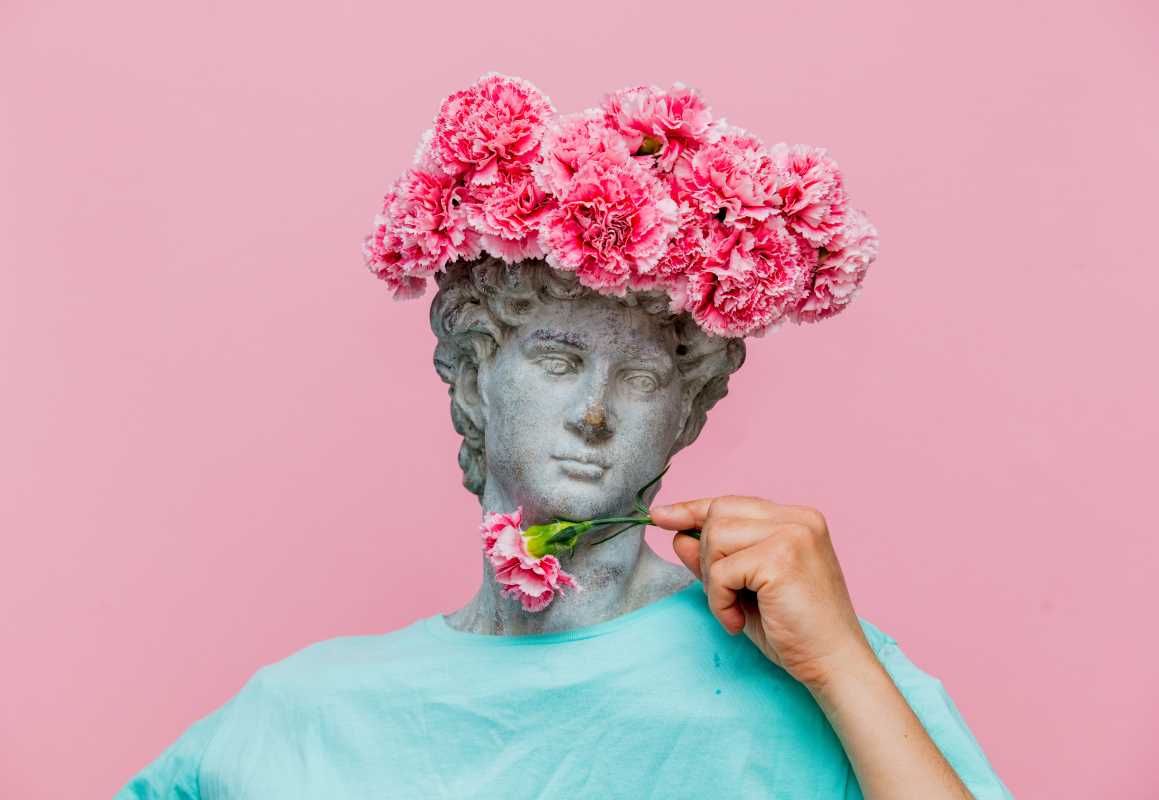 (Image via
(Image via